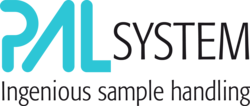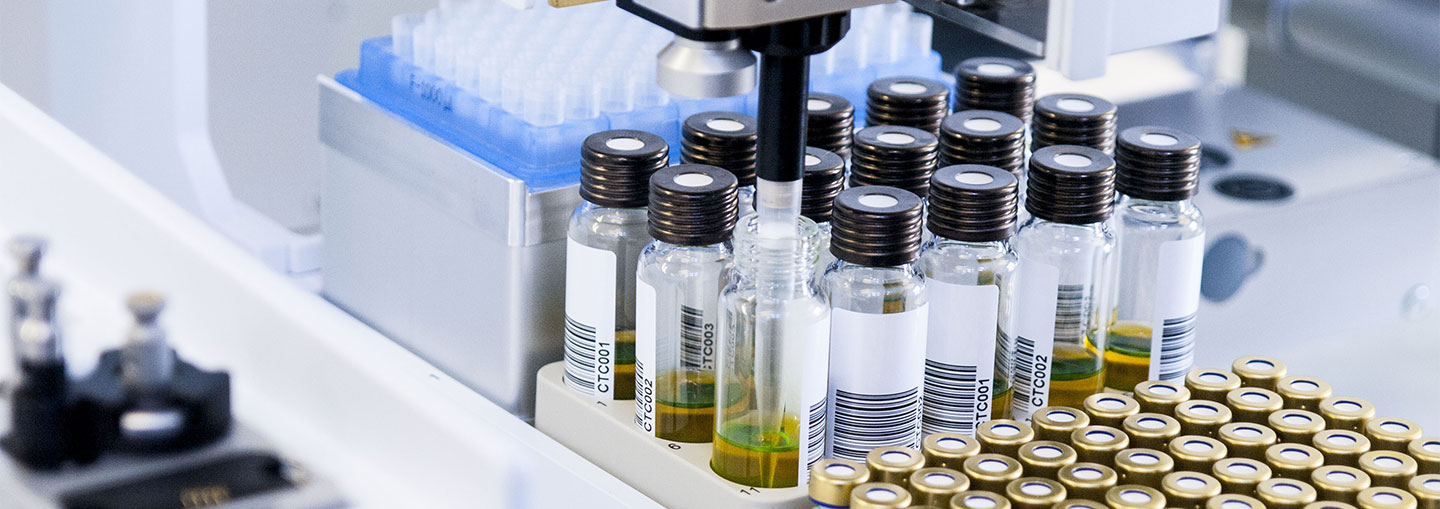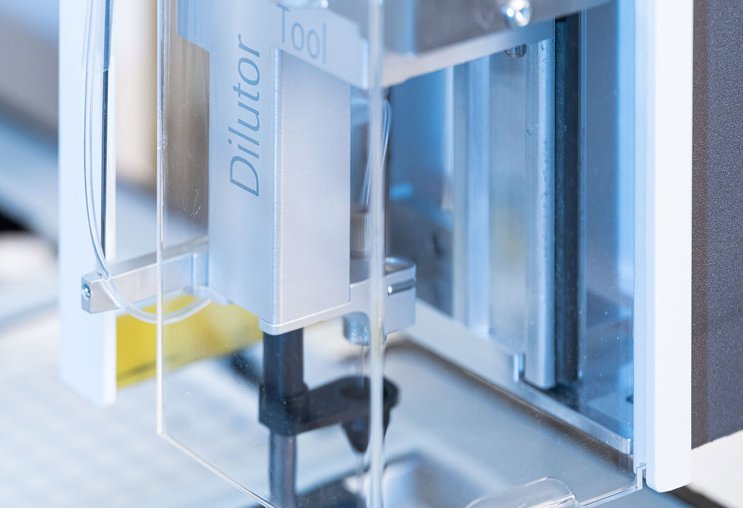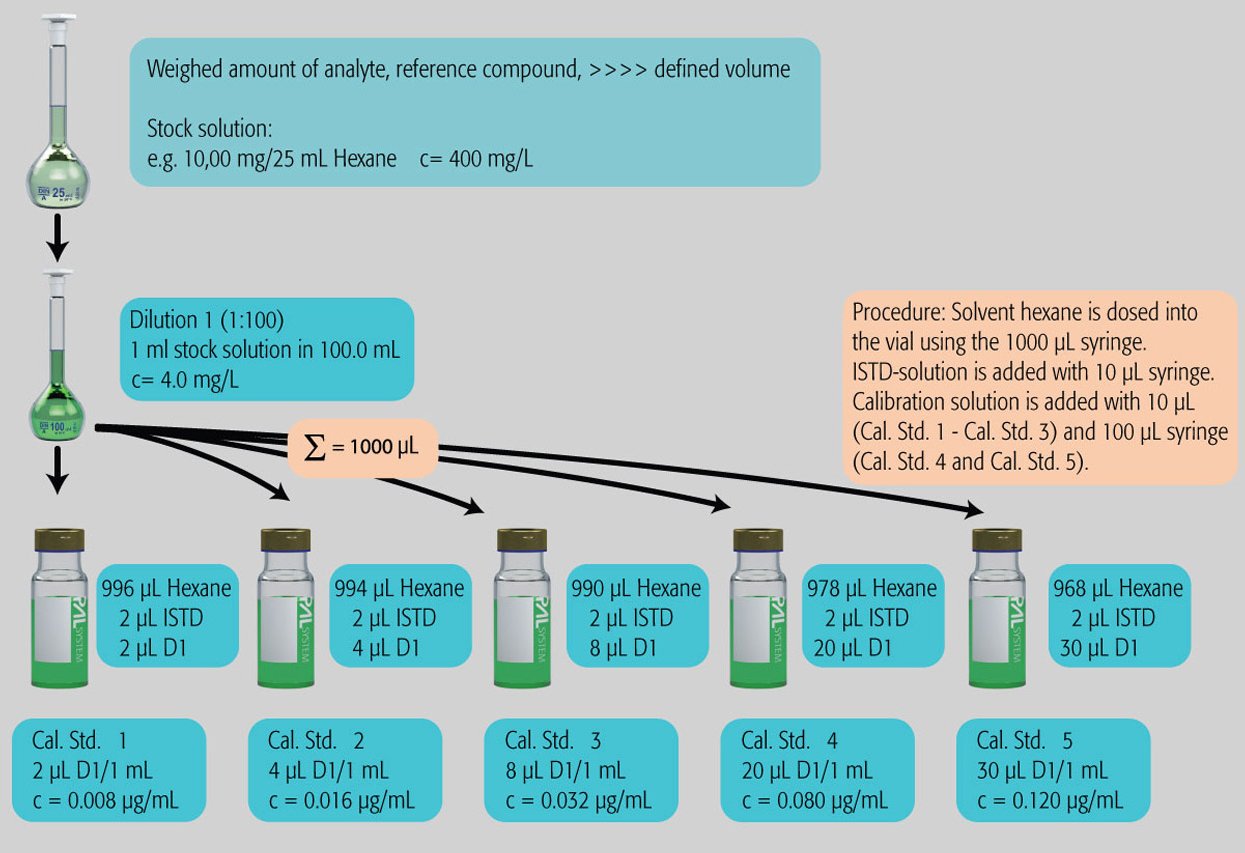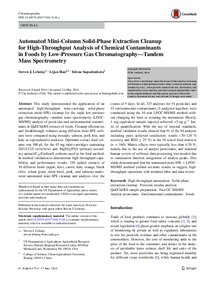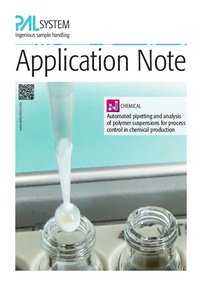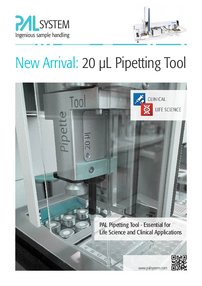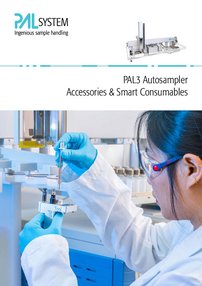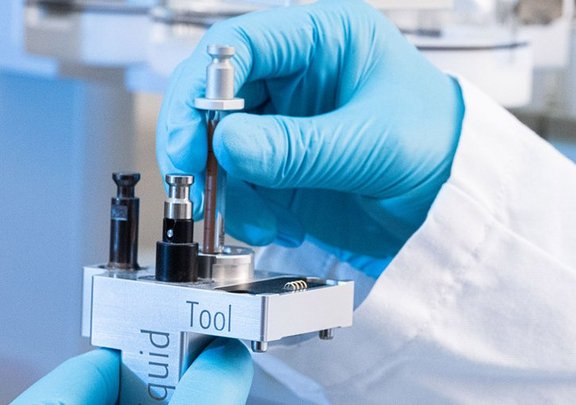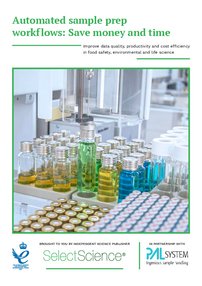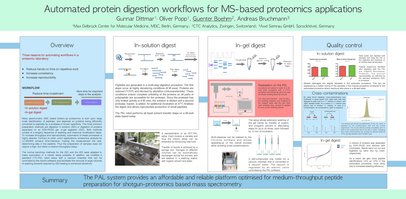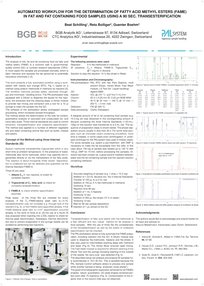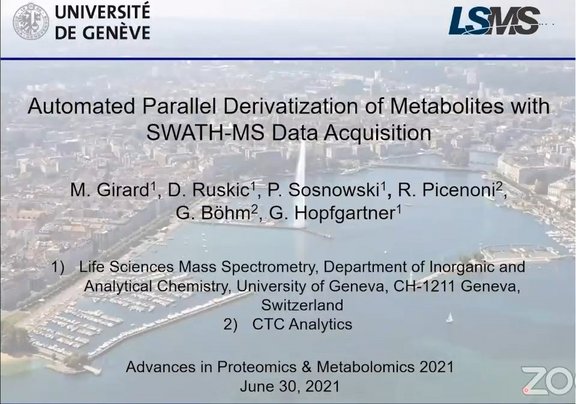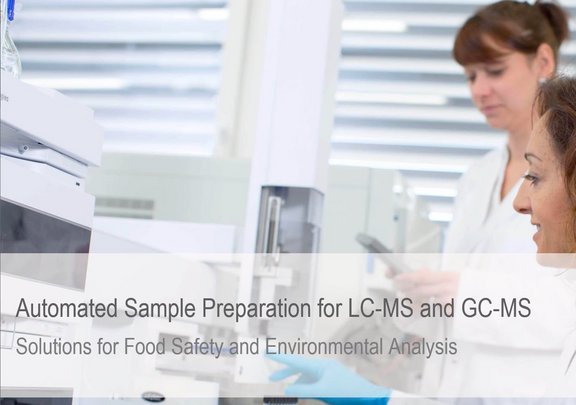-
Workflow Solutions
Discover our and our partners ready-to-go workflows
-
Markets
Find solutions for your daily analytical challenges
-
Sample Prep & Injection
Seemless capabilities of the PAL System
-
Products
Automated Sample Prep and Injection
-
Content Hub
Search our library for news - app notes, videos, webinars, brochures, manuals and many more
-
Contacts
Discover our global network
-
About us
What you need to know about us
-
Career
You make the difference
